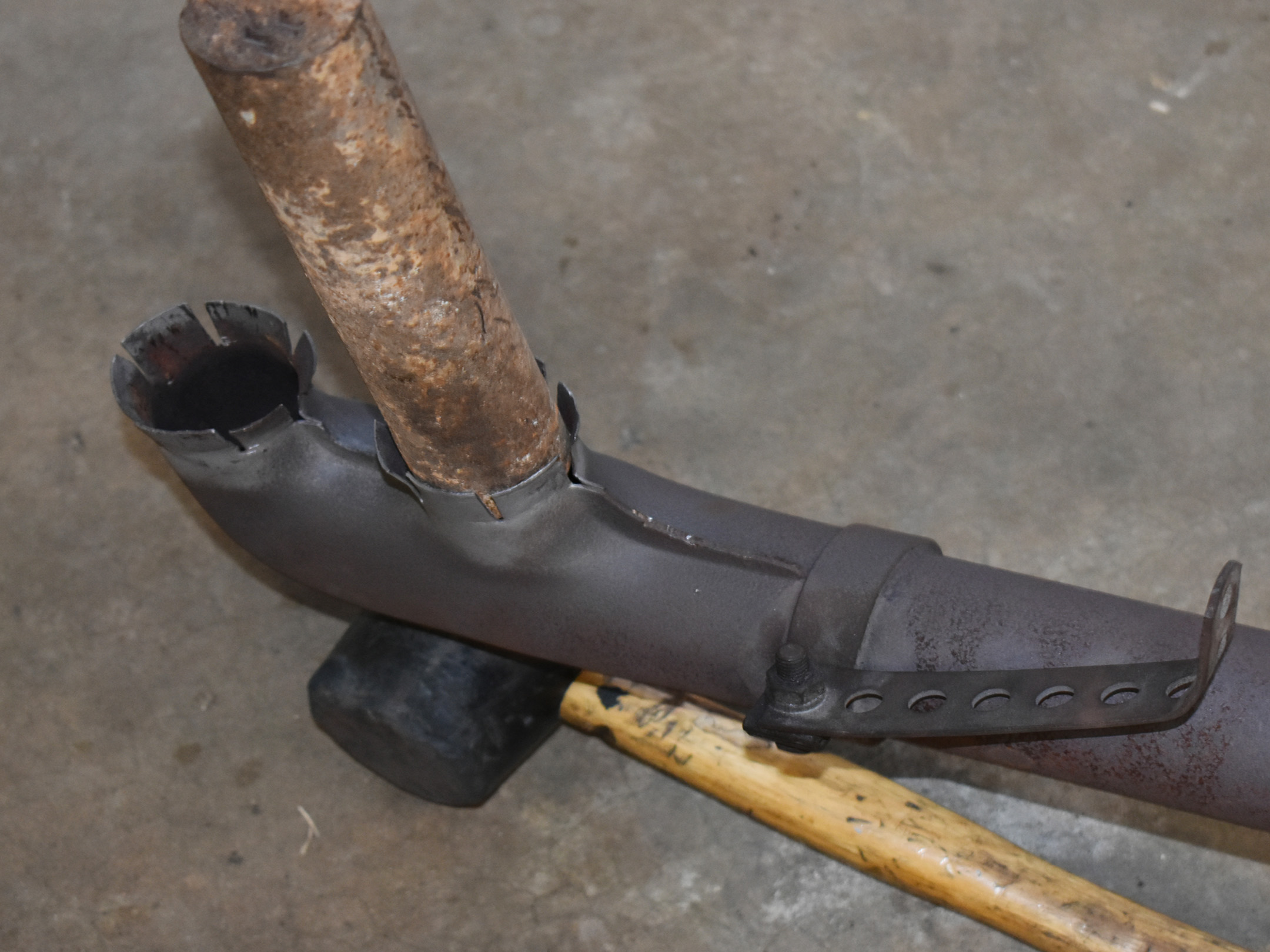In The Garage - 1969 912 Targa
We were given the opportunity to do some service needs on this beautiful 1969 912 Targa. A very special car in our eyes. The owner of this Bahama Yellow 912 purchased it in 1976. We love cars from long-term ownership. note: the front end of the other Bahama is our ‘68 911 Targa soft window (a one-owner car).
This 912 has been loved and cared for over the years, yet it was time for attention. These old Porsche can last a very long time, and in this cars case some items have lasted longer than usual. Some of the items on the list; replaced all original shifter bushings, fix broken horn button, restore noisy speedometer, replace all original fuel hoses, replace original muffler, and a variety of maintenance needs (all fluids changed - engine oil, transmission and brake fluid.
Shifter bushing in the 911/912 series cars are typically only good for about 15-20 years, the bushing in this ‘69 912 look to have never been replaced. Age was the killer of the bushing, and not so much the drivers fault. When the rubber bushings fail, the result is a very sloppy shift action. In this case the driver was only able to find some of the gears when driving.
Click on the images to see larger view, and then hover cursor over each image to read additional notes.
Horn issues. Just like the shifter, age played a big part in the horn failure. The owner said, may years ago the horn would honk on it’s own and continued to get worst, so the relay was pulled to stop the honking. The issue is typically from a rubber “spring” that hold the steering wheel horn button away from the contacts. When someone pushes on the horn button, the rubber spring would give to allow contact and return once released. Recently we had a 1997 911 (993) with a similar issue and the concept was basically the same only the design changed. The rubber springs could no longer hold the steering wheel horn button away from the contact. This photo shows the rubber spring behind the horn button. The smaller trigger button on the steering wheel had also failed during to age. The plastic broke which allowed the button to come apart.
The car came in with a hard cold start issue. So, with the okay from the owner we explored the issue. The carburetors had been professionally restored about a year ago, but this was a new problem. After exploring what was going on, we found that one of the four accelerator pump booster nozzles were clogged. After digging a little deeper we found small trash partials in the bottom of the carburetor bowls. Once the blocked trash in the nozzle tubes were cleaned out the cold start issue went away.
BANG! While test driving the car, we came across another surprise. A backfire during engine deceleration. Thinking it might be from incorrect timing and/or the carburetors setting. We had noticed during our vehicle inspection that the muffler was showing it’s age and had some holes. After spending some time checking and fine tune adjusting the engine timing and carburetor sync and mixture with little to no help in improving the exhaust backfire issue, we felt it would be best to replace the muffler.
It’s always sad to have to replace original parts, but sometimes we don’t have a choice. Below are some photos of the muffler replacement. We used a Dansk muffler and cleaned up the tailpipe to make the look and finish of the new muffler.
Speedometer rebuild. The customer was complaining about a noisy speedo as well as a bouncy needle. We use Seattle Speedometer for out gauge restoration needs.
Maintenance work. Time flies and before we know it the years have gone by. All of our cars need routine care and maintenance as well as driven. To keep our cars happy, it’s good to annually check and maintain. This 912 has been well cared for, yet it was due for fluid servicing. Engine oil & filter, transmission fluid, and brake fluid change.
A few more things. Renewing the original fuel hoses. After some many years the fuel hose should be replaced for safety reasons. New fabric braided fuel hoses with new ferrule fittings.





































